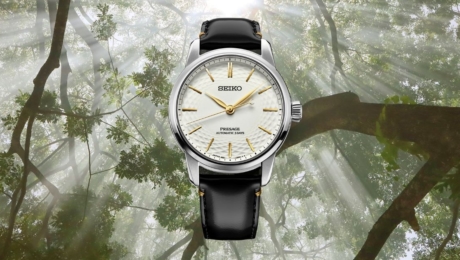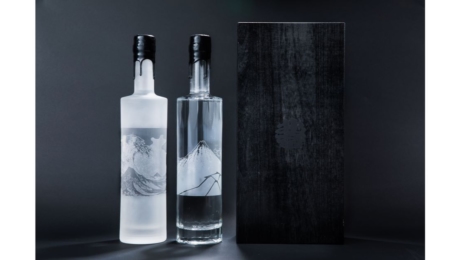![[Unobrush]Decorative and attractive “freestanding multi-brush” carefully tailored by craftsmen.](https://en.edotokyokirari.jp/wp-content/uploads/20230801102410/fa5213a29a701f26c359a3124f986372-1440x720.jpg)
![[Unobrush]Decorative and attractive “freestanding multi-brush” carefully tailored by craftsmen.](https://en.edotokyokirari.jp/wp-content/uploads/20230801102410/fa5213a29a701f26c359a3124f986372-750x750.jpg)
[Unobrush]Decorative and attractive “freestanding multi-brush” carefully tailored by craftsmen.
2023.08.01
LIFEThe brush that we use in our daily lives is called a “brush” in Chinese characters. The history of brushes is long, with a book from the mid-Heian period (794-1185) recording the use of millet bristles to apply lacquer, and brushes have been used as tools for applying. The history of brushes, however, is relatively new, and their production began in the early Meiji period, modeled after French brushes, which were called Western-style brushes. The people involved in the manufacture of Western-style brushes were the traditional brush craftsmen.
As the westernization of people’s lives led to an increase in demand for household brushes, such as clothes brushes, mass production by large scale machines was promoted in western Japan. On the other hand, in Tokyo, brushes with excellent durability and texture were hand-planted by craftsmen, and this is the origin of the “Tokyo Te-ue Brush (plant by hand Brush),” which is now a traditional craft of Tokyo.
Uno Brush Brush Factory, which has a small workshop by the Sumida River, manufactures and sells high-quality Tokyo hand-planted brushes by hand-planting natural bristles selected according to the application of the brush, based on the accumulated skills of over 100 years in business. Currently, Chieko Uno, the second generation, and her mother and daughter, Michiyo, the third generation, maintain the traditional handwork and produce not only traditional brushes and bristle brushes, but also brushes with rich designs to meet the needs of the times.
![[Unobrush]Decorative and attractive “freestanding multi-brush” carefully tailored by craftsmen.](https://en.edotokyokirari.jp/wp-content/uploads/20230801102435/50464edb8787ad8f33c61134d400336f-1440x960.jpg)
The new product “STAND BRUSH” is, as the name suggests, a freestanding multi-brush. Hand-planted with rare horse tail bristles, the brush is both soft and resilient, and can be used on delicate materials such as cashmere. The handle is made of leather for a comfortable feel in the hand. The angle was carefully adjusted from the prototype stage to ensure a comfortable grip.
The original “Inden” with Uno’s logo on the cloisonne pattern and “Fugaku Sanjurokkei (Thirty-six views of Mount Fuji) Kanagawa-okiirani-ura” by Katsushika Hokusai are among the many attractive design features. Although brushes are consumable items by nature, our craftsmen want them to be used for a long time with their beautiful appearance and to be enjoyed as a part of interior design even when they are not in use. Just by placing it in a shoe box or cabinet, it will add a touch of Japanese color to your everyday living space.
![[Unobrush]Decorative and attractive “freestanding multi-brush” carefully tailored by craftsmen.](https://en.edotokyokirari.jp/wp-content/uploads/20230801102505/869bba3c7974ce41b3056199cfc02417-608x406.jpg)
![[Unobrush]Decorative and attractive “freestanding multi-brush” carefully tailored by craftsmen.](https://en.edotokyokirari.jp/wp-content/uploads/20230801102537/e80cd6fa9cce2d0df5d0f51e6c0781d2-608x406.jpg)
The brush can be used for clothes, shoes, tables, etc. In the future, they are planning to sell a set of brushes with a portable case. Why not add a brush of a “higher grade” created by tradition to your daily life?
◾️Business URL
https://unobrush.jp/en/
◾️Facebook
UNO BRUSH / 宇野刷毛ブラシ製作所
◾️Instagram
unobrush.jp





